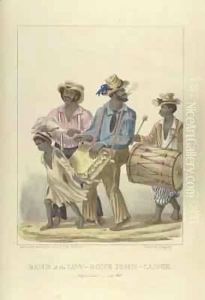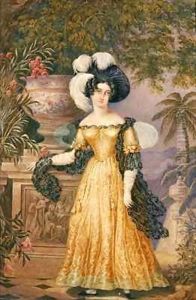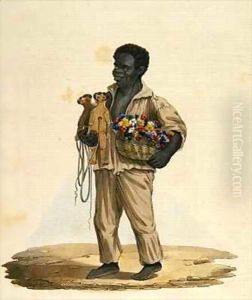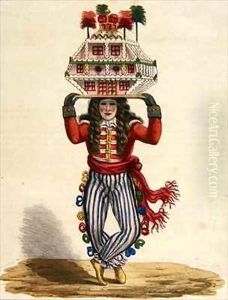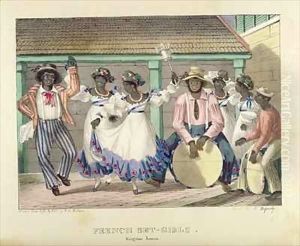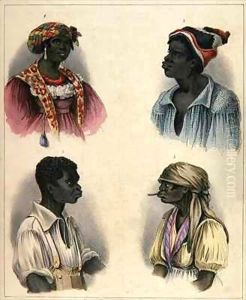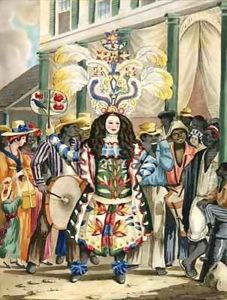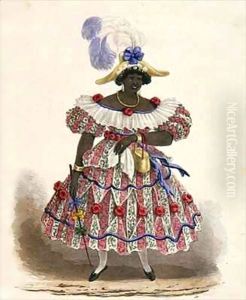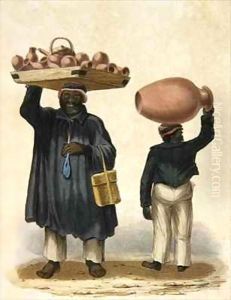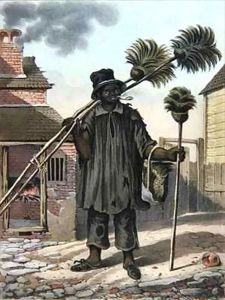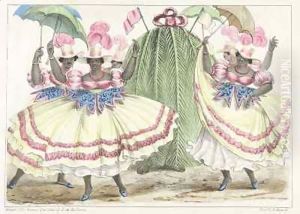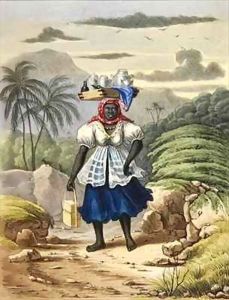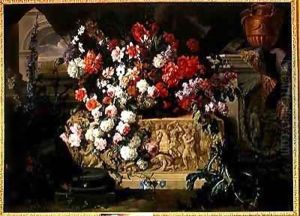Isaac Mendes Belisario Paintings
Isaac Mendes Belisario was a key figure in the Jamaican art scene of the 19th century, known for his vivid depictions of the island's life, culture, and particularly its slave society. Born in 1794 in Kingston, Jamaica, to a family of Sephardic Jewish descent, Belisario's heritage and upbringing in a multicultural and stratified society deeply influenced his artistic perspective. Despite the limited information on his early life and training, it is evident that Belisario developed a keen interest in art from a young age.
In the 1820s, Belisario moved to London, which was a common move for artists from the colonies seeking professional training and a wider audience for their work. During his time in London, he was exposed to the works of contemporary British artists and the burgeoning field of lithography, a printmaking technique that was gaining popularity at the time. This experience was pivotal; upon his return to Jamaica, Belisario applied these new skills and perspectives to document the island's social landscapes.
Belisario's most notable contribution to art history is his series of lithographs titled 'Sketches of Character, In Illustration of the Habits, Occupation, and Costume of the Negro Population, in the Island of Jamaica' published in the 1830s. This series provides a rare and valuable visual record of Jamaican slave society and its African cultural heritage, depicted with a level of empathy and detail uncommon for his time. The series includes images of Jonkonnu (or John Canoe) dancers, a traditional African-Jamaican festival, which is one of the earliest detailed visual records of the event.
Despite the significance of his work, Belisario's career was relatively short-lived. He died in 1849 in Kingston, Jamaica. His legacy, however, endures through his contributions to Jamaican art and history. Belisario's works provide critical insights into the cultural and social dynamics of Jamaica during a pivotal period in its history. They remain an invaluable resource for historians and art historians alike, offering a unique window into the lives of Jamaican people in the early 19th century.
